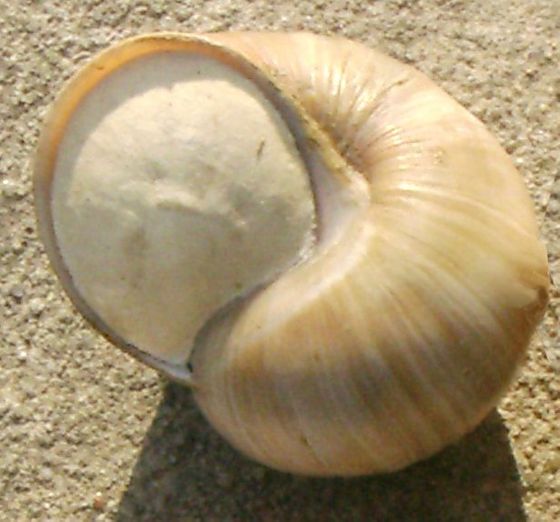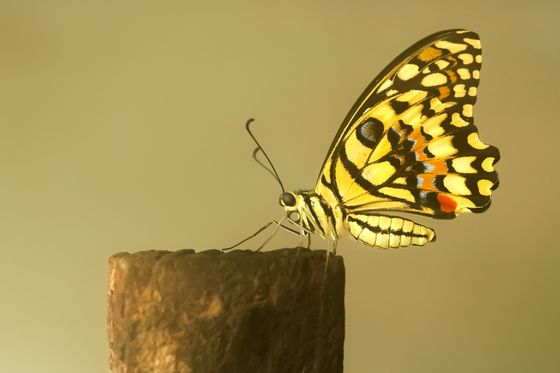What is the ground-breaking nature of super strong adhesives developed with snail mucus as a hint?

by
In the field of materials engineering, natural creatures are often hints such as ' Artificial synthetic spider silk ' which artificially reproduces spider silk, and new materials developed from mucus of nutaagi , etc. It became clear that a powerful instant adhesive was developed, inspired by 'snail mucus'.
Intrinsically reversible superglues via shape adaptation inspired by snail epiphragm | PNAS
https://www.pnas.org/content/early/2019/06/11/81815116
Engineers demonstrate superstrong, reversible adhesive that works like snail slime (Update)
https://phys.org/news/2019-06-scientists-reveal-reversible-super-glue-snail.html
Reversible superglue proves strong enough to hold average man | Science | The Guardian
https://www.theguardian.com/science/2019/jun/17/reversible-superglue-proves-strong-enough-to-hold-average-man
The snail mucus-inspired new adhesive was developed by Shu Yang et al.'S research group who studied materials engineering at the University of Pennsylvania. Research groups looking for materials that 'have strong adhesion, but can be removed immediately when needed' focused on the ' epiphram ' that snails produce. This epiphlam is a membrane that stretches at the entrance of the shell when the snail does not sleep in the shell, and is made of mucus secreted by the snail. Epiflam produced from this mucus becomes dry and cellophane-like, and serves as a barrier to protect the snail from the outside world, but when it gets wet it instantly fades back to mucus again. This epiphlam also seems to play a role in securing the shell to the wall etc. while the snail is dormant.

by
In order to reproduce the properties of Epifram's “It's slimy when wet and hard when it dries”, the research group is using a sheet of polyhydroxyethyl methacrylate (PHEMA) composed of a polymer with a network-like structure. We have developed an adhesive. This adhesive is in a state close to a hydrogel in which 90% of the component is water, so there is no adhesion at all, but when it dries it exerts a strong adhesion, and when water is added, the adhesion is achieved in about 1 minute. You can also peel off the adhesive without damaging it.
The PHEMA adhesive was quite strong, and in the experiment it did not jump as a person hanging the entire weight on a harness fixed to the ceiling with stamp-sized PHEMA adhesive hung. Another experiment has also succeeded in cleaning butterfly wings that are fully bonded with PHEMA adhesive.

by nelsonart
According to Yang, the PHEMA adhesive is effective as the surface is rough, but it can also capture fine irregularities on the surface of any substance, so it should have no problem bonding on slippery glass surfaces. It is In addition, since it is possible to bond only by drying, it is expected to significantly reduce the manufacturing cost of a product assembled with an epoxy resin adhesive which must be heated to 250 to 300 degrees to cure, for example, as in a car. I was able to do it.
On the other hand, the advantage of adding water in an instant is that it can not be used in situations where it gets wet if the view is changed, but Yang says, “pH, light, heat, electricity, specific chemistry We are planning to study adhesives that can exhibit the same properties even with substances, etc. ”, and showed a desire to advance research in the future.
Related Posts:







